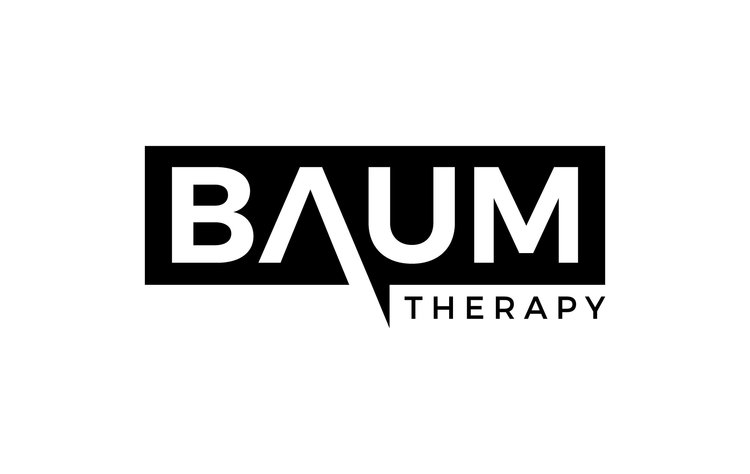Why are we talking about Cupping?
Michael Phelps, one of the most decorated Olympians in history, is known not only for his remarkable achievements in the pool, but also for his advocacy of an unconventional healing method called "cupping therapy." Cupping therapy, an ancient form of alternative medicine, involves placing cups on the skin to create suction and promote blood flow. While the practice has been used for thousands of years in various cultures, Phelps brought it to the mainstream during the 2016 Rio Olympics, where viewers noticed circular bruises on his body and became curious about the therapy. Phelps' endorsement of cupping therapy has since sparked a surge in interest and research into the practice.
Prior to Phelps, cupping therapy was relatively unknown to many people in the Western world. However, his openness about using the therapy and his success as an athlete lent credibility to the practice, leading to a surge in interest from the general public. In addition to Phelps, other high-profile athletes such as Usain Bolt and gymnast Alex Naddour have also credited cupping therapy with helping them recover from injuries and improve their performance.
Phelps has spoken about the benefits of cupping therapy in various interviews and on social media, citing its ability to relieve muscle tension and soreness, improve circulation, and speed up recovery time. He has also acknowledged that the therapy may not be for everyone and that individuals should consult with their healthcare provider before trying it.
Since Phelps' advocacy of cupping therapy, numerous studies have been conducted to explore the potential benefits and drawbacks of the practice. One study published in the Journal of Traditional and Complementary Medicine found that cupping therapy may be effective in reducing pain and improving quality of life in patients with chronic neck pain. Another study published in the Journal of Acupuncture and Meridian Studies found that cupping therapy may be a safe and effective treatment for individuals with fibromyalgia.
However, some experts remain skeptical of the practice, citing a lack of scientific evidence and potential risks associated with the therapy, such as skin irritation and burns. Despite this, the surge in interest and research into cupping therapy has opened up new avenues for exploring alternative medicine and its potential benefits.
In conclusion, Michael Phelps' advocacy of cupping therapy has had a significant impact on the practice's popularity and credibility in the Western world. While the therapy may not be for everyone and its benefits are still being researched, Phelps' openness about using cupping therapy has helped to demystify alternative medicine and encouraged individuals to explore new ways of improving their health and well-being.Cupping is a traditional Chinese therapy that involves placing cups on the skin to create a suction effect. Here are some potential benefits of cupping:
Pain relief: Cupping may help relieve muscle and joint pain by increasing blood flow to the affected area.
Relaxation: Cupping may promote relaxation by reducing muscle tension and promoting a sense of calm.
Improved circulation: Cupping may improve circulation by increasing blood flow to the skin and underlying muscles.
Improved immune function: Cupping may help improve immune function by increasing the production of white blood cells, which are important for fighting infections.
Reduced inflammation: Cupping may help reduce inflammation by promoting the release of anti-inflammatory substances in the body.
Improved digestion: Cupping may help improve digestion by promoting the flow of digestive fluids and reducing bloating.
Improved skin health: Cupping may help improve the appearance of the skin by increasing blood flow and promoting the removal of toxins.
It's important to note that cupping should only be performed by a qualified practitioner and may not be suitable for everyone. If you're considering cupping, it's a good idea to talk to your healthcare provider first.
